Schools and teachers that embrace multisensory teaching methods employ a learning style that benefits all students. More importantly, they are providing pathways for children with specific learning disabilities to learn and access age-appropriate curriculums and then demonstrate what they know.
A teacher is using multisensory teaching methods when his or her student use sight, hearing, smell, touch and/or movement when learning about a topic. The more senses that are engaged, the more effective the learning experience is – and the more likely that the children will retain what they have learnt.
Multi-sensory teaching methods provide hooks upon which students can hang their learning. In other words, they will have a sensory clue with which to remember what they have just learnt and the new information is more likely to be stored in their long-term memory for future recall and application. For example, when a good speller recalls a word to spell or write, he or she actually imagines a picture of its letters in the mind; or he or she says the word and it triggers a memory of the associated sounds and the correct letter sequence. Such triggers can be created by engaging senses to learn and can be helpful, particularly if a child is generally not good at accessing subject matter via reading, writing or spelling.
As a teacher, how can you ensure you are engaging as many senses as possible when you are teaching? Here is a series of checklists you can use.
Can they see it?
Provide: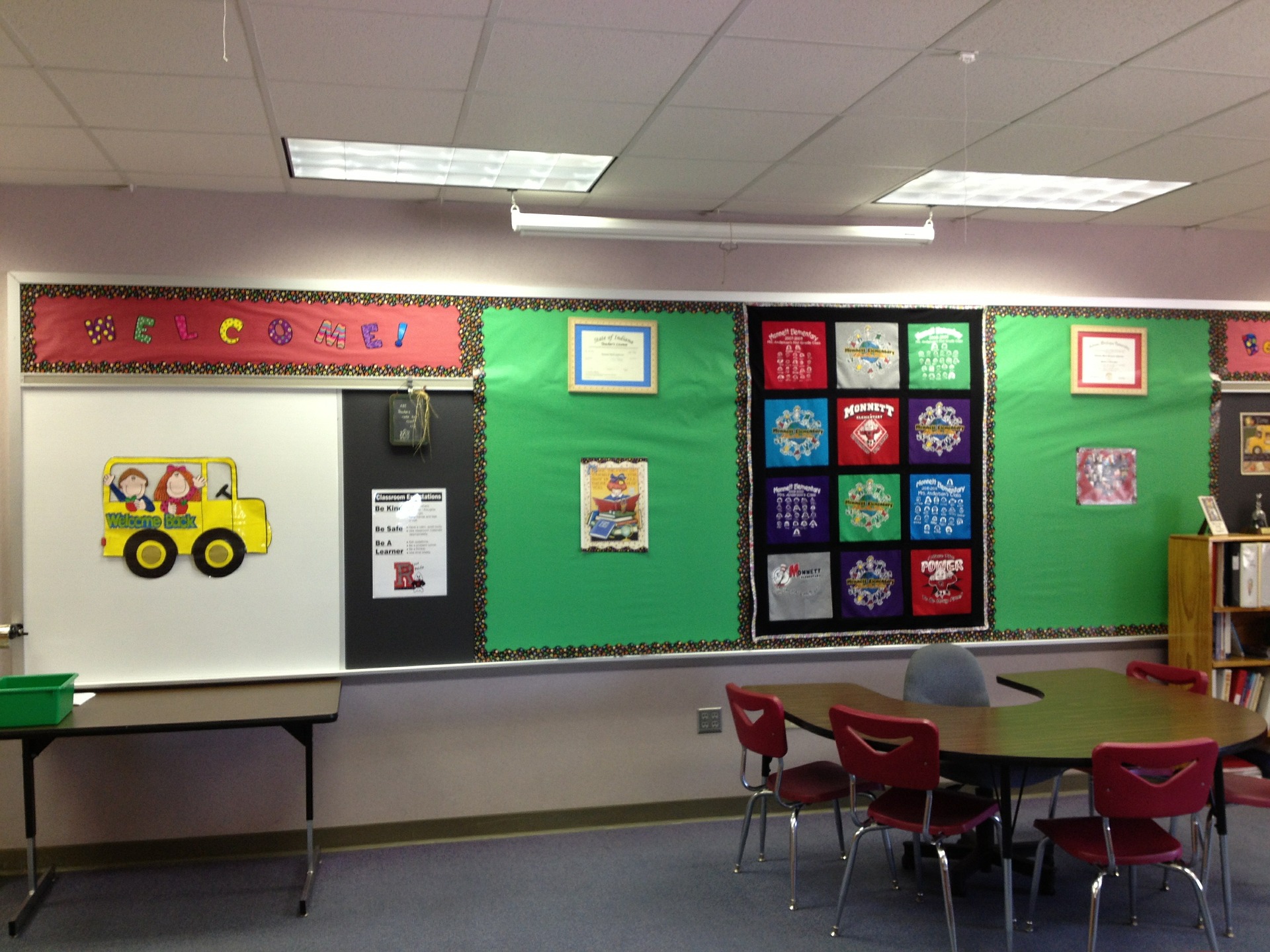
- written examples
- pictures
- cartoons
- videos
- big picture books
- colours and shapes in your teaching presentations
- charts
- tables
- mind maps and graphic organisers
- sticky notes
- tinted paper
- reading rulers
- opportunities to change the colour of the background of the electronic whiteboard
- models
- posters on walls
- prompts on classroom desks.
Extra teaching point
When teaching a technical or precise concept such as grammar, punctuation, maths or science, it is a good idea to increase the font size of the text and make bold all of the relevant symbols to ensure they stand out and cannot be confused. This is also a great strategy for worksheets, tests and exams and can make an enormous difference to a student with visual processing difficulties. Even NAPLAN now offers a larger A3-format test paper available for students on request.
Watch for bright overhead lighting
Many children find that the overhead fluorescent lighting in today’s modern classrooms makes seeing the text on the page difficult. The brightness of these lights can cause the whiteness of the paper to glare and flare over the top of words. To alleviate this, the child can be placed in a duller area of the classroom, offered tinted paper or tinted lenses may be a consideration.
Can they hear it?
Apply the following in your class: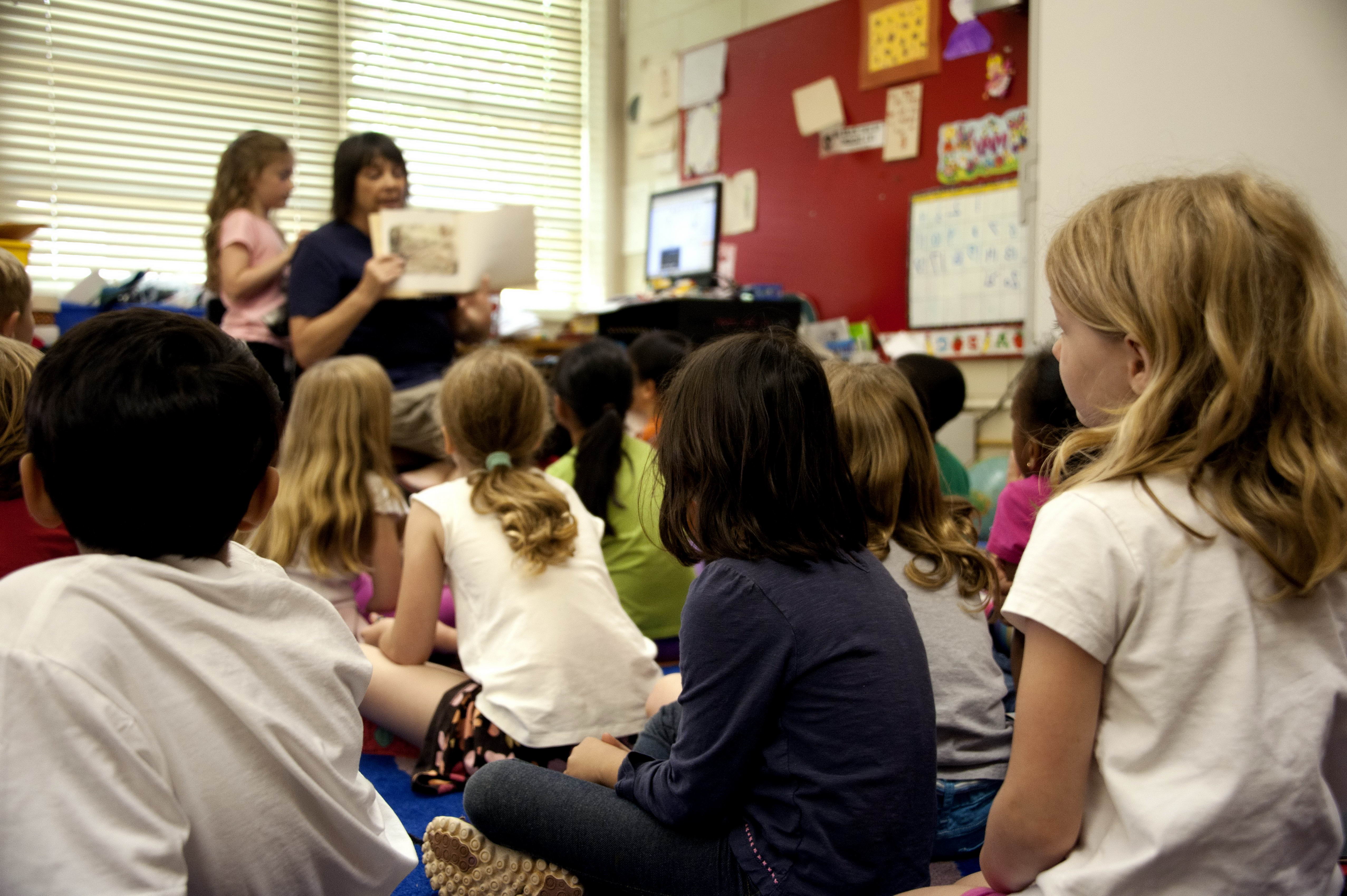
- discussion time after you have taught a concept
- use of music and/or songs
- group learning activities where children can chat and discuss
- story time
- opportunities to make a chant, rhyme or song lyric
- chances to conduct interviews
- presentations
- reflection time
- surveys
- mock telephone conversations
- ’20 questions’
- opportunities to create a news report
- chances to tell a joke or make up a riddle
- use of mnemonics
- recording an audio file which can be replayed
- creating music to go with an activity
- opportunities to listen to an audio book
- debates and structured arguments
- peer tutoring
- varying voices to whispering, funny accents or even shouting on the school oval.
Extra teaching point
Make sure there is complete silence in the classroom when you are giving instructions. Keep your verbal instructions short and succinct. Teachers have a tendency to be ‘big’ talkers and children with auditory processing difficulties will become lost in your chitchat and forget what it is they are supposed to be doing and in which order to do it.
Can they touch it?
Use: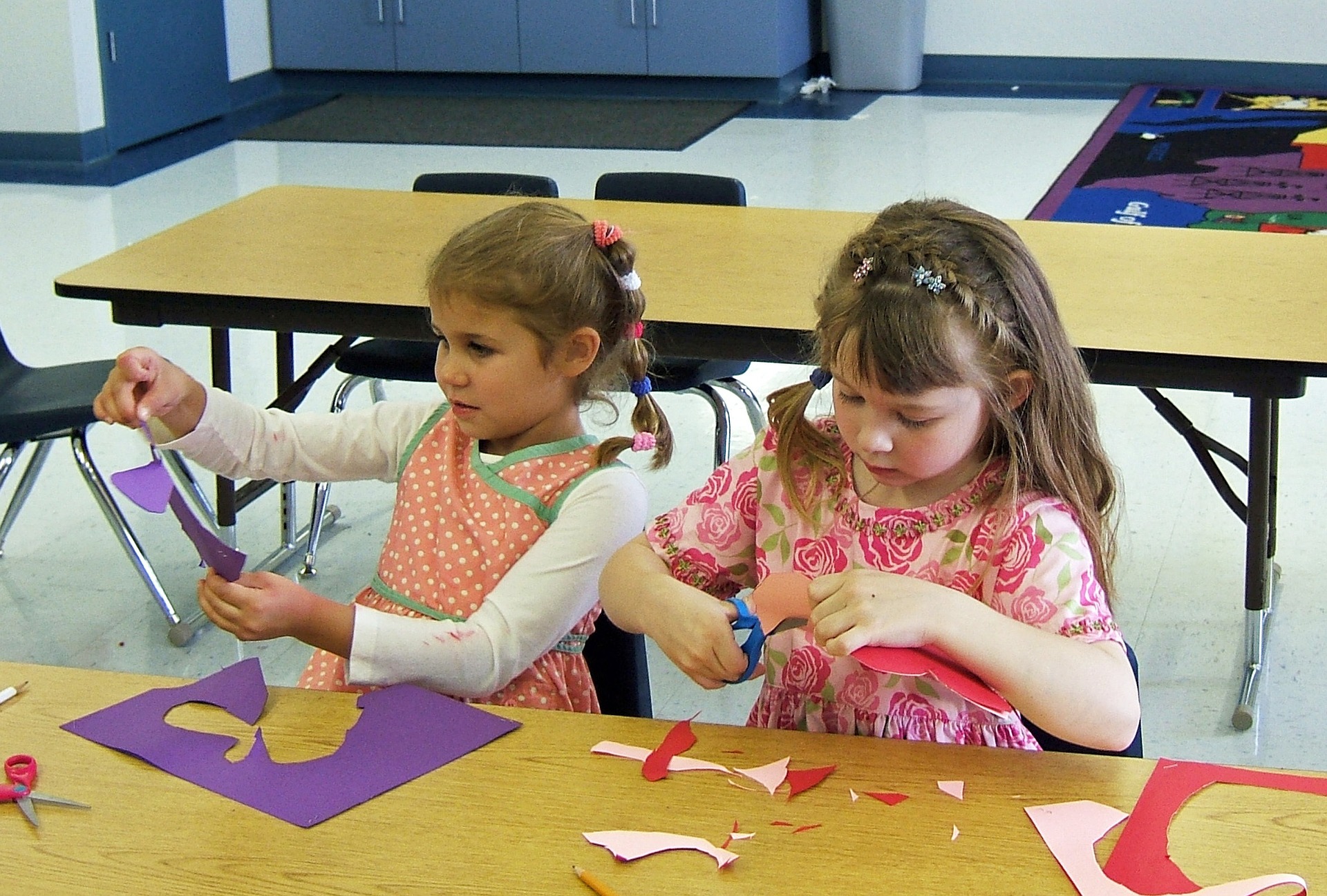
Extra teaching point
Children love to be able to feel ‘stuff’ when learning. This is a big part of young children’s development, but it should not cease as students grow. Incorporate ‘touch’ into all class learning activites at any age and you will see great results.
Don’t forget to ask students to bring items from home that relate to learning activities and homework. Imagine how, if you were studying describing words (adjectives), having a puppy in the classroom could benefit this.
Can they move about to learn it?
Encourage: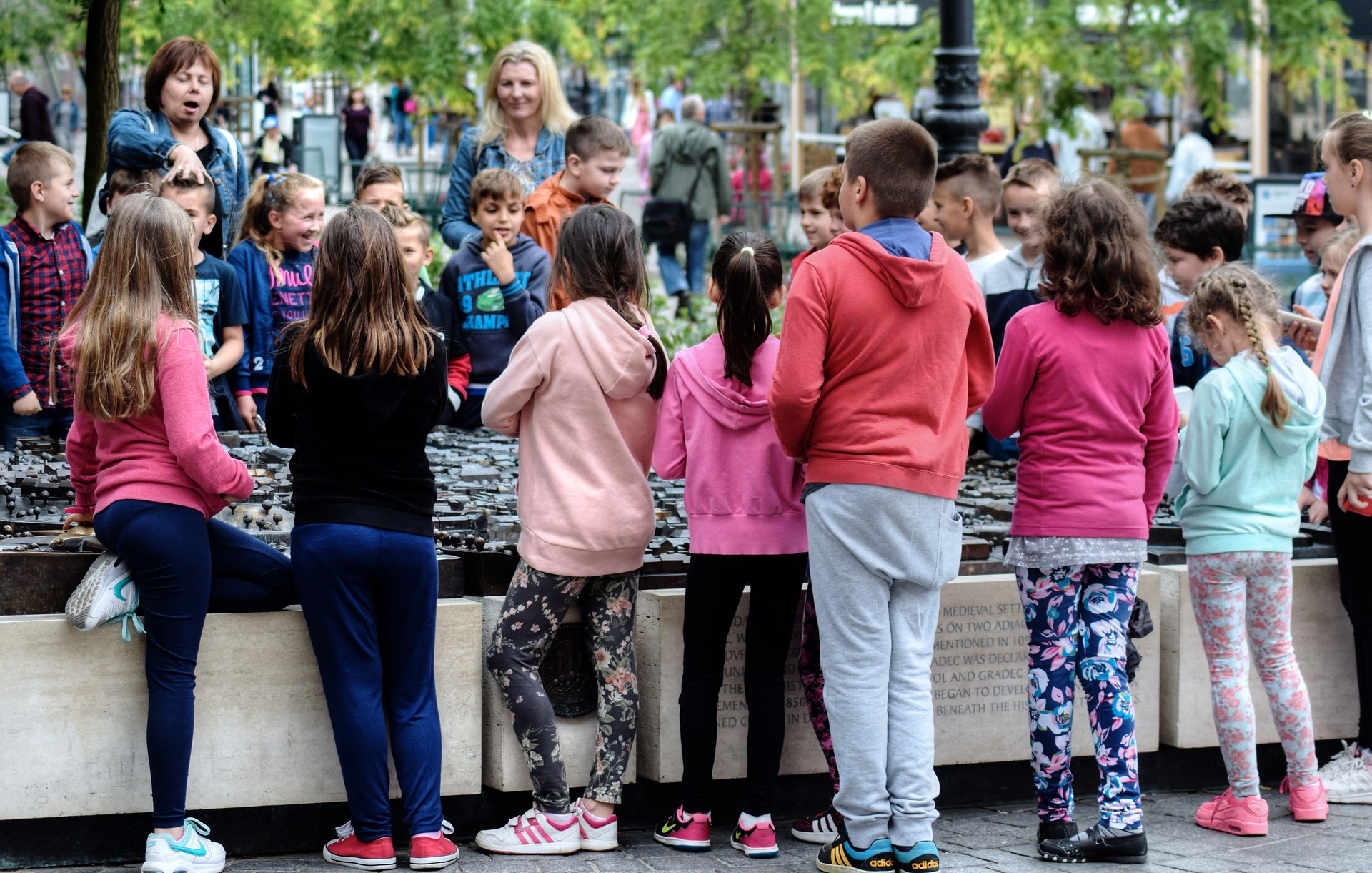
We have all taught children who cannot sit still without losing focus and calling out, poking the kid next door or rolling around on the floor. Use of movement when learning benefits these children enormously. Recent research shows that if a teacher can incorporate movement as part of the learning experience, these children will stay actively engaged and make good gains. Create a walkway in your classroom where children can walk while they are learning and memorizing facts. When sitting, give them a squishy ball to hold in their hands or an object they can manipulate to keep them engaged.
Supercharge multisensory learning by using emotion
 Ever wondered why you can remember a funny joke or you prefer one speaker to another at a seminar? Humour is often the key to an effective presentation and that goes for teaching, too. Attaching emotion to your teaching experience can create a powerful learning experience for students. All sorts of chemicals are released into our brain when we feel emotion. Dopamine in particular is released when we feel happy and content and helps to cement learning. A teacher who uses humour is not only a hit with her or his students, but is inadvertently helping children to remember what they are learning too!
Ever wondered why you can remember a funny joke or you prefer one speaker to another at a seminar? Humour is often the key to an effective presentation and that goes for teaching, too. Attaching emotion to your teaching experience can create a powerful learning experience for students. All sorts of chemicals are released into our brain when we feel emotion. Dopamine in particular is released when we feel happy and content and helps to cement learning. A teacher who uses humour is not only a hit with her or his students, but is inadvertently helping children to remember what they are learning too!
Humour is an obvious way to get children to learn and to remember but if you are not a ‘laugh out loud every minute of the day’ sort of teacher, a dry sense of humour works just as well as jokes and riddles do. When you are happy and enjoying life, your students will too. Also, don’t forget other emotional triggers; many emotions can be utilized in a dramatic context – anger, surprise, frustration, mystery and so on.
Helping children with dyslexia to learn and remember
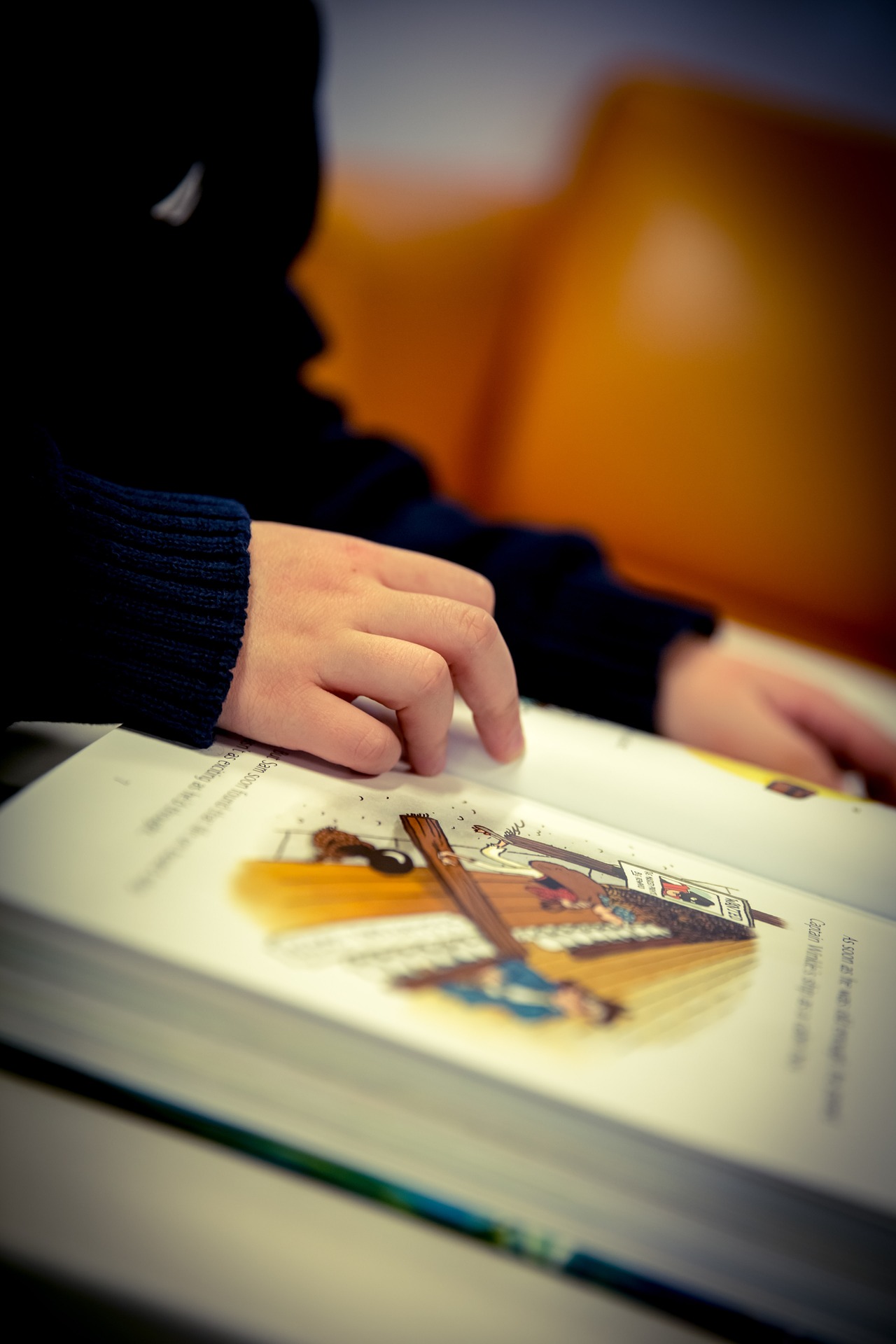 Children with dyslexia often have trouble with a combination of visual processing skills, auditory processing skills, phonological processing skills and remembering what they have learnt. Such deficits can impact heavily on children’s abilities to pick up the skills to read, write and spell. It is important for teachers to remember, however, that all children learn to read the same way. The process is the same for every child, it is just that children with dyslexia need more time and more opportunities to practise what they have been taught. Without this extra support, gaps will appear in their learning and they will begin to fall behind.
Children with dyslexia often have trouble with a combination of visual processing skills, auditory processing skills, phonological processing skills and remembering what they have learnt. Such deficits can impact heavily on children’s abilities to pick up the skills to read, write and spell. It is important for teachers to remember, however, that all children learn to read the same way. The process is the same for every child, it is just that children with dyslexia need more time and more opportunities to practise what they have been taught. Without this extra support, gaps will appear in their learning and they will begin to fall behind.
Teachers can help these children in a number of ways
Firstly, it is critical to take note of a child’s learning difficulty as early as possible. The second semester of the first year of formal schooling is the most appropriate time to begin keeping a record of learning difficulties. There are also screening tests available to help with early identification.
Secondly, for a student who appears that he or she may have learning difficulties, speak to his/her parents or guardian about further testing that might be appropriate and can be conducted by qualified educational specialists or educational psychologists.
Thirdly, use the child’s learning strengths to help him or her overcome the learning weakness. This method alone can help a teacher to design an effective program or select a program specific to a child’s learning needs.
And lastly, a child with dyslexia is often not suited to a formal learning environment. The student requires multisensory teaching methods, along with ways to maintain confidence in our text-based educational system. Many highly intelligent dyslexics who have gone on to achieve success have credited ‘champion teachers’, who recognised their learning difficulties and found multisensory ways to help them to achieve in the formal classroom. Think of Kerry Packer, Dick Smith, Sean Micallef, Kerry Stokes, Whoopi Goldberg, Albert Einstein, Thomas Edison, Agatha Christie, Henry Ford and thousands more.
Teaching the children of today
If you are a teacher who favours teaching subject matter by having students read, copy off the whiteboard or you stand out the front and talk, you may need to rethink what you do. Today’s children need more… and that’s not just children with learning difficulties. Our world has well and truly entered the technological age and we are moving forward rapidly. Children today live a fast-paced world. They are exposed to many distractions on a daily basis as modern technology impacts upon them in their daily lives. Televisions are blaring, telephones are ringing, people are talking, computers are on, parents are working and everybody is rushing to get somewhere. As adults we cram a lot in and our children are learning to adapt, but there are consequences. Children can become more easily disengaged when school is not interesting or entertaining. Utilising multisensory teaching methods can help teachers to provide this for their students.
Keeping an eye out
According to research, specific learning disabilities such as dyslexia are likely to be affecting two to three students in every Australian classroom. These are students who do not respond to best-practise teaching methods and programs… and struggle to learn to read and to complete written tasks. In other words, they are not making the appropriate progress and continue to fall behind their peers, leaving their teachers and parents mystified and often worried and frustrated.
The confusion is compounded when teachers and parents know that a child is intelligent and able to comprehend the concepts being taught, but continues to struggle with reading, writing, spelling and some areas of maths. Additionally, the student also becomes confused and begins to react to his or her inability to be able to complete class work. Not wanting to appear ‘dumb’ or ‘stupid’, the student may alter his or her behaviour. Teachers and parents can be baffled by such changes; however, a child will do anything to not to be labelled the ‘dumb kid’ … especially when he or she is not.
Such behavior can include:
- getting angry and frustrated
- being disruptive and confrontational
- being naughty to direct attention away from learning struggles
- lying
- cheating
- reluctance to participate
- having anxiety attacks
- losing oneself in imagination to reduce stress
- making excuses to leave the room
- skipping classes and wagging school.
Such behaviour needs to be monitored and explored further. When a child starts school, it is never with an intention to struggle or fail. In general, children are eager to begin, can’t wait to hang out with the big kids and to learn to read, write and do sums. If a teacher or parent is suspicious that a child may have a learning difficulty and is behaving out of the ordinary, it needs to be acted upon as early as possible.
Dyslexia is now widely recognised as a neurological disorder that affects how a student responds to and processes the sound and symbols that make up the English language. Having dyslexia can also affect processing rates, memory and organisational skills. But, it is not related to intelligence. Indeed, scientists have now determined that having dyslexia can be a genetic predisposition, while other research also indicates that a child who has had a history of prolonged ear infections, or fluid in the ears may also have dyslexic traits.
When a teacher uses multisensory teaching methods, all the children the classroom are advantaged. The teaching is engaging; the classroom is full of laughter, colour and productive discussion. Teachers at every age level in our education system can offer amazing multisensory learning experience to their students. I have no doubt it is these teachers that students will long remember as their outstanding ‘champion teachers’.


















